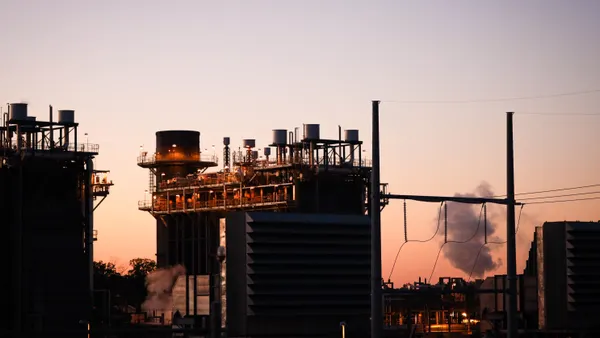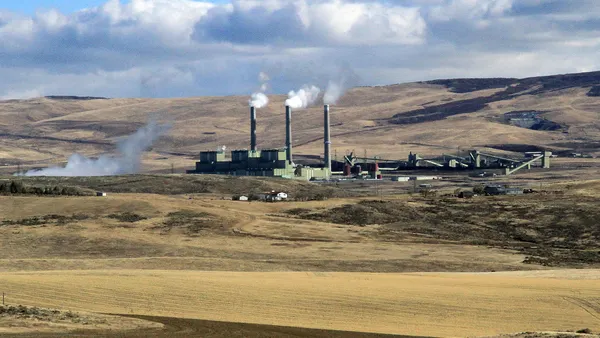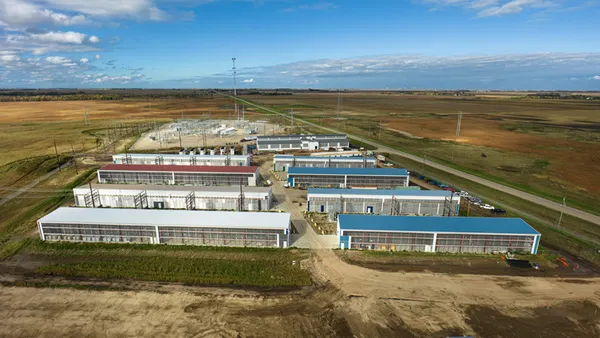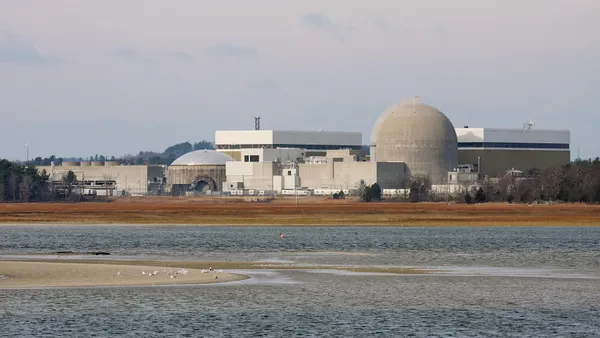Dive Brief:
- The draft version of an ISO-New England study on resource expansion scenarios concludes wholesale energy markets will not be sufficient to keep new resources economically viable, absent additional revenues.
- The draft also finds that renewable energy will reduce the need for natural gas, but gas-fired units will still set the marginal cost in both 2025 and 2030.
- The grid operator stresses the study, "2016 NEPOOL Scenario Analysis," is not a final document and specific figures could change. ISO-NE has given stakeholders until Aug. 23 to provide comment.
Dive Insight:
The grid operator's report examines six resource-expansion scenarios for their potential effects on resource adequacy, operating and capital costs for new resources, and options for meeting environmental policy goals.
While renewables are expected to grow, and coal, oil and nuclear energy production all decline, natural gas remains the central resource for the region.
"Although increased renewable production reduces the use of natural gas, natural-gas-fired units remain on the margin most of the time for both study years and are a major source of fuel for electric power generation production," the report found.
How new gas-fired resources will remain economically viable remains an open question, the grid operator reports.
New resources "will require sources of revenue in addition to the wholesale energy market to remain economically viable," ISO-NE expects. Gas units show the greatest revenue shortfall as a result of higher costs, but renewable resources also show significant revenue shortfalls.
The grid operator's draft report includes scenarios where the generation fleet meets existing renewable portfolio standards and natural gas combined-cycle units replace retiring, less-efficient units. In a high renewables scenario, no new gas plants are added as the generation fleet meets existing RPS standards, and the system has additional clean energy resources.
In scenarios with high variable resources, thermal power plants could have "relatively low capacity factors compared with today’s system ... suggesting that there could be many times, when few generating resources are on line to provide ramping and regulation services," the report warns.
ISO-NE's capacity market is supposed to help prevent such generator revenue shortfalls. As growing renewable resources push down prices in the short-term energy markets, the longer-term capacity contracts are meant to compensate generators necessary to preserve reliability, ISO-NE CEO Gordon van Welie explained last year.
But ISO-NE capacity prices have dipped in recent years, with prices hitting their lowest levels on record in a February auction. In response, the ISO proposed to split capacity auctions in two, allowing one price for subsidized resources and another, higher one for unsubsidized gas plants.
The grid operator argues the two-part auctions would help keep necessary plants viable, but some analysts disagree, saying an overbuild of gas generation is the primary reason prices are so low, and rewarding them with higher prices will only exacerbate existing market conditions.
"Transitioning New England to a system with decreasing amounts of traditional resources (e.g., coal, oil, nuclear) and increasing amounts of renewable resources will prove physically and economically challenging," the report concludes.












